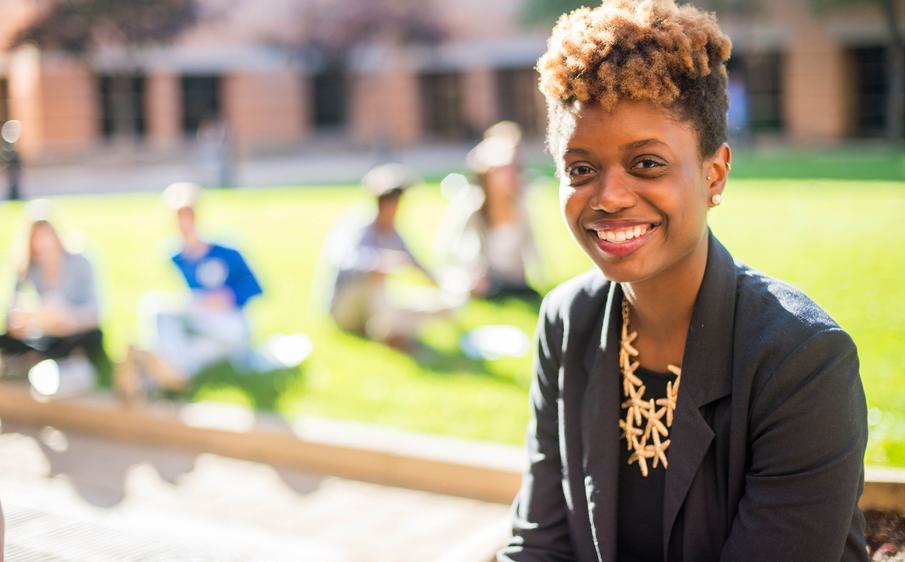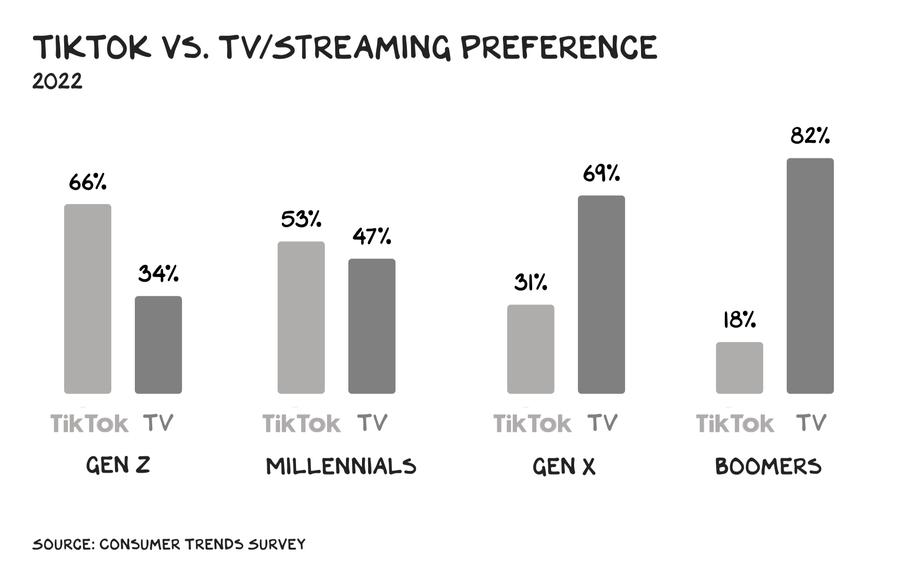
Peopledesign
The Built Environment
Furniture
Lighting
Textiles/Upholstery
Flooring/Carpet
Building Materials
AE Firms
The Changing Education Landscape
The Changing Education Landscape
Rethinking outreach to prospective students, parents, and donors.
The landscape for higher education is changing. Student demographics, influencer networks, new media, and overall market perception of the value of a degree are causing many schools to rethink their focus.
A shrinking and changing high school graduation population is forcing colleges and universities to compete nationally. Too many schools generally say the same thing and compete on the same merits. To increase their appeal, schools try to attract students in various ways – from scholarships to new college sports like bowling or fishing. Meanwhile, schools tend to underutilize or completely ignore alumni in the admissions process and rarely differentiate between materials targeted toward parents and students. All this is under the umbrella influence of technology and what it means for education.
We have found a few key trends through our experience and research.

Changing Demographics
The high school graduation population is shrinking, forcing colleges to compete and market more nationally and ferociously with local competition.
Traditional demographics of graduating high school students are also changing, becoming more ethnically diverse. How could a college’s outreach chance to speak to different cultures?
Influencer Networks
Prospective students are somewhat conscious about choosing a school that will give them the best chance of getting a job out of college and see alumni networks as a key role in achieving this goal. The alumni population, however, is rarely engaged in the admissions process.
Parents are feeling the financial pinch of their child's education, questioning the value of each college, and feeling the emotional charge of giving their child the best chance to succeed no matter the cost.
High school guidance counselors are swamped with administrative duties and have little time to focus on college prep for their student population; what tools can schools equip these influencers with to tell their stories?
New Media
Students and parents are looking for different content from schools and looking in different mediums (viewbook vs. website vs. social media).
Websites may be lower on the list of what attracts student interaction than you think. Parents may look to websites for assurance, but potential students are looking more for pictures of students they could identify with rather than academic programs. It might be time to get serious about TikTok or YouTube.
Beyond attraction, Kahn Academy and MOOCs are challenging traditional pedagogy. How can schools positively utilize technology?
The value of a degree
Bill Gates, Mark Zuckerburg, and others have made it just as acceptable to be an Ivy League dropout as an Ivy League graduate. Some high school students see that the market is being flooded with college degrees, the economy is down, and the ROI of a college degree is declining. What will your school offer which helps you meaningfully engage and add value?
Read more






